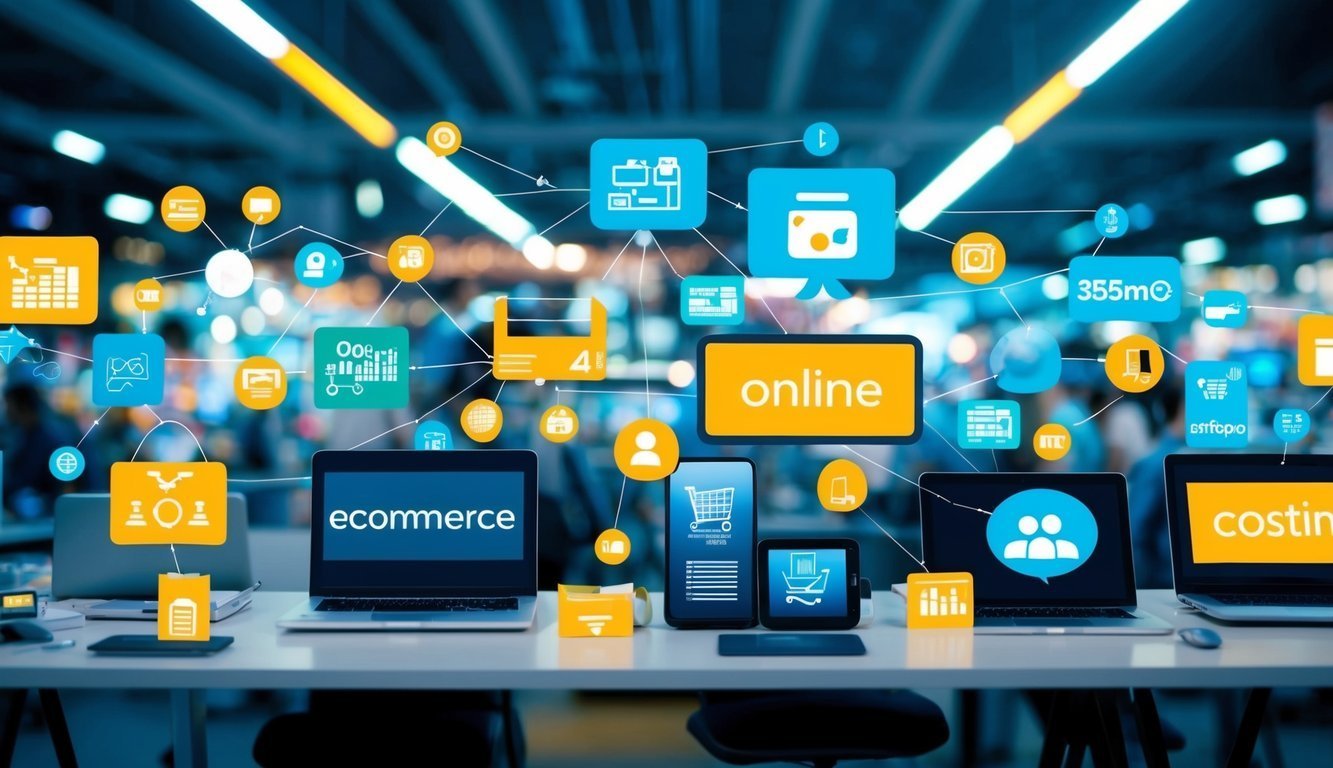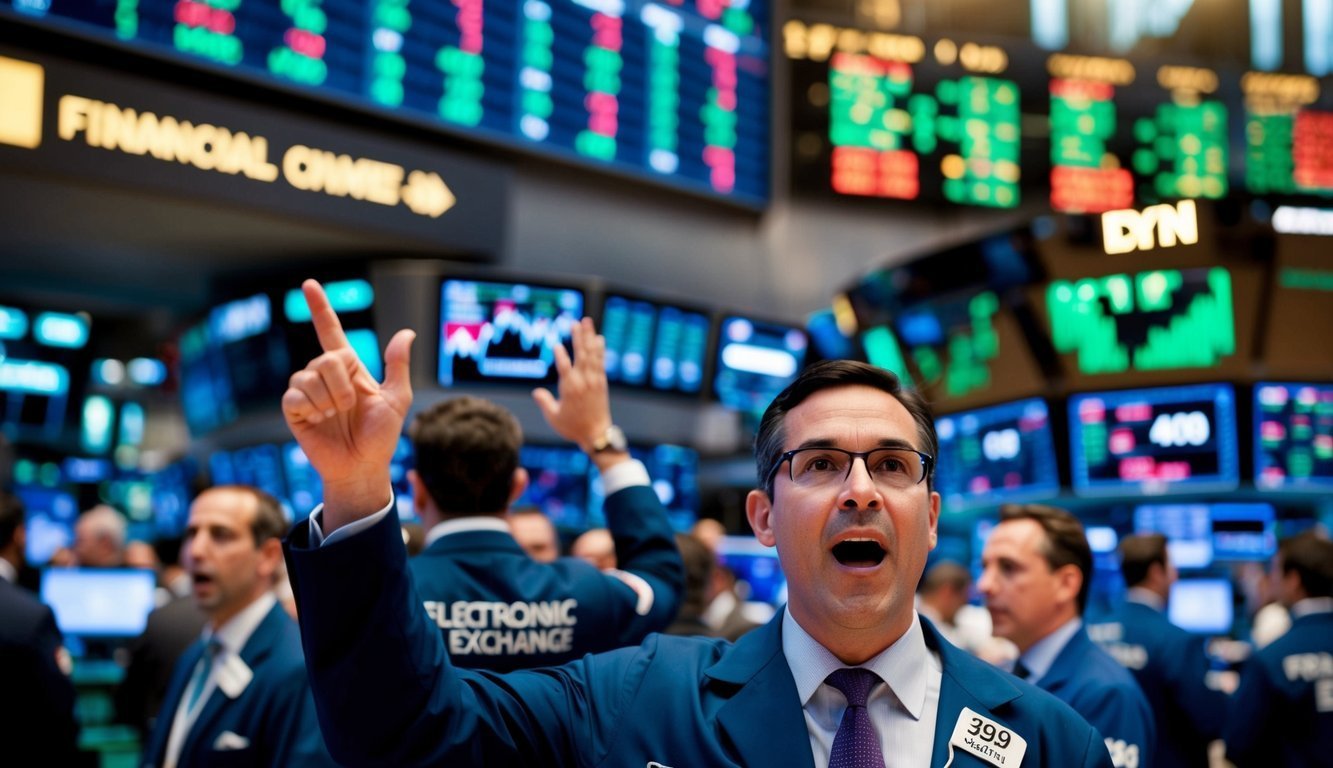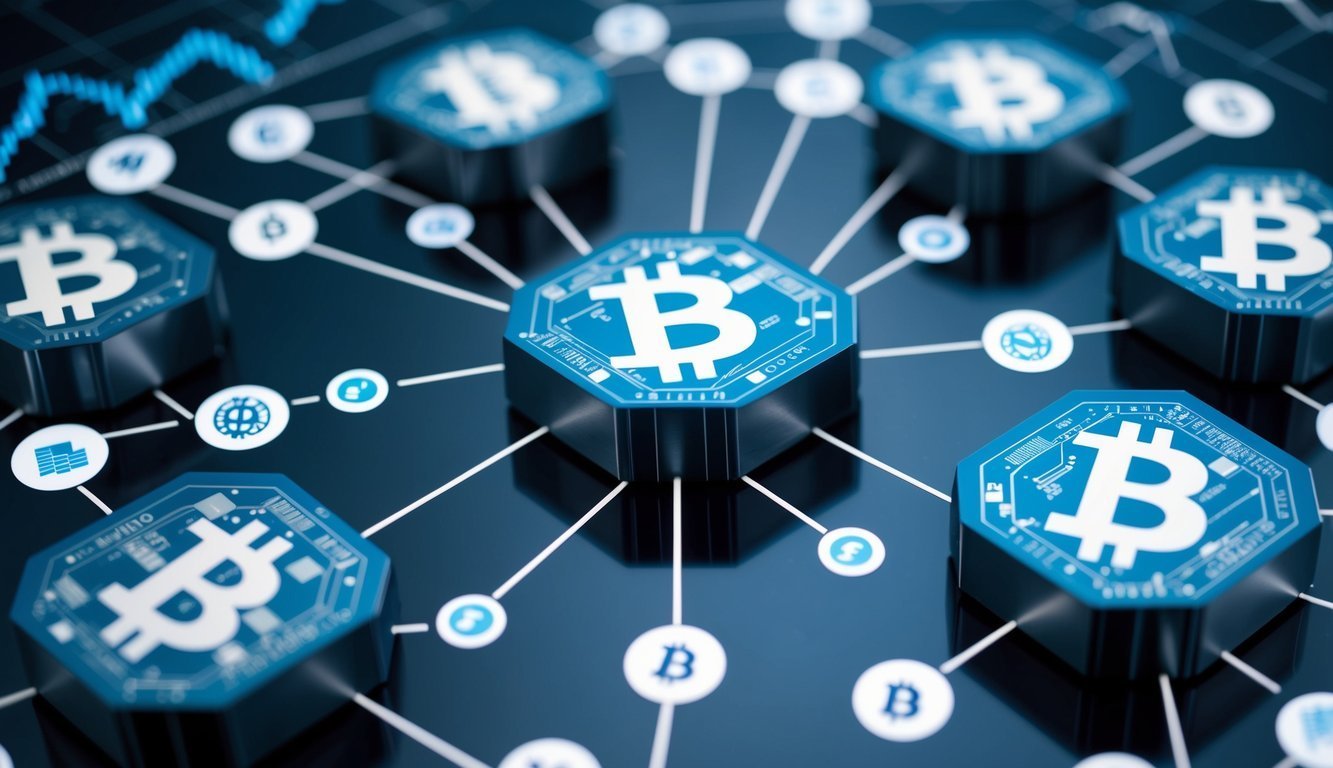Decoding Markets & Minds: Insights from Behavioral and Financial Economics
The Economics of Cryptocurrency: Bitcoin, Blockchain, and Beyond – Analyzing Digital Asset Markets
Cryptocurrency, led by Bitcoin, utilizes blockchain technology to enable decentralized finance, challenging traditional monetary systems and fostering innovation across various industries, including healthcare and supply chains.

Prospect Theory: How Our Brains Assess Risk and Reward
February 11, 2025
Prospect Theory illustrates how individuals make decisions under uncertainty, emphasizing risk aversion for gains, risk-seeking for losses, and the influence of loss aversion on behavior.

Understanding Digital Economies and the Future of E-Commerce: Key Trends Shaping Online Business
February 11, 2025
E-commerce revolutionizes retail by enhancing global market access and consumer convenience, driven by advancements in digital technologies and emerging trends like AI and blockchain.

Behavioral Biases and Their Impact on Financial Markets: Unveiling Investor Psychology
February 11, 2025
Behavioral finance significantly influences investor decisions, revealing how psychological factors like overconfidence and loss aversion lead to market anomalies and inefficiencies.

Introduction to Financial Markets: Stocks, Bonds, and Beyond – A Comprehensive Guide for Investors
February 11, 2025
Financial markets are vital for capital allocation, comprising stocks, bonds, derivatives, and foreign exchange, enabling investment opportunities and economic growth while managing financial risks.

Bounded Rationality: Why People Aren’t Perfect Decision-Makers – The Limits of Human Cognition
February 11, 2025
Human decision-making is constrained by cognitive limitations, time pressures, and incomplete information, leading to the use of heuristics and satisficing strategies for effective choices.

How Heuristics Influence Consumer Choices: Decoding Decision-Making Shortcuts
February 11, 2025
Heuristics are mental shortcuts that simplify decision-making, influencing consumer behavior by guiding choices, shaping preferences, and introducing biases in purchasing processes.

